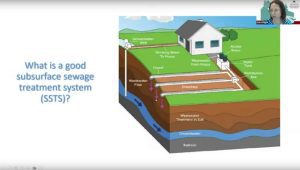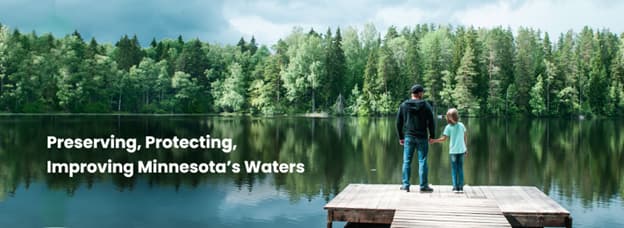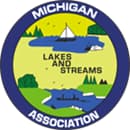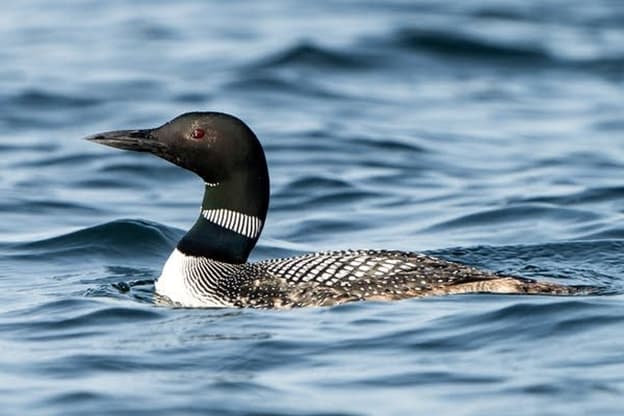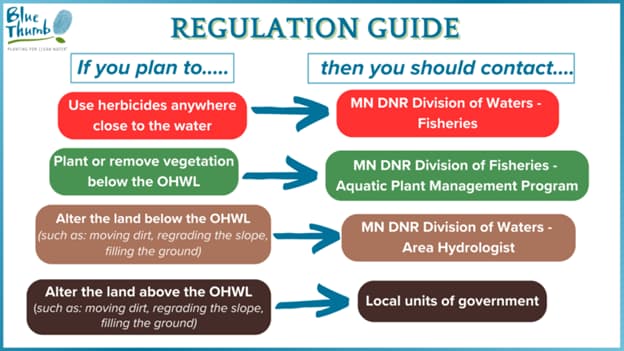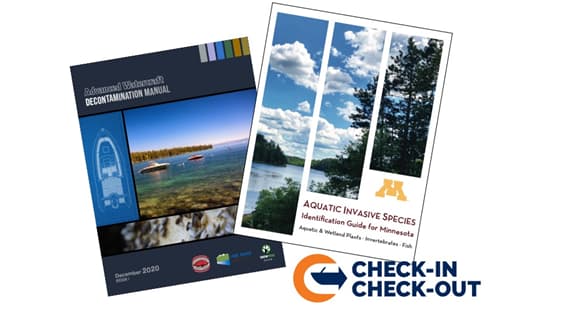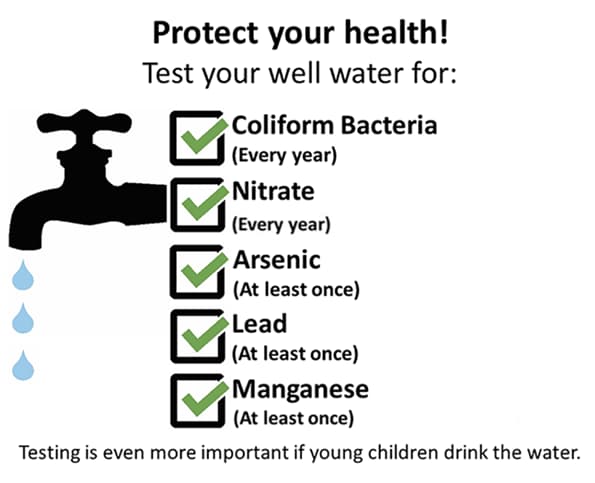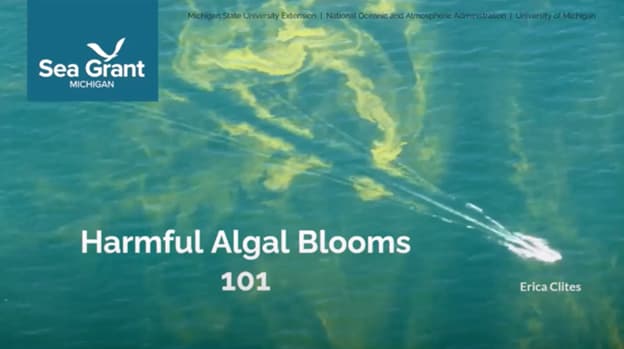
Our members rank “enhanced wake activities” as one of their three most pressing issues. To that end, MN COLA has been working for years on the environmental and safety challenges from recreation using enhanced wakes. Finding ways to share and protect our incredible water resources is the goal and it will require several steps.
- One step is to raise awareness and increase the understanding of the impacts of enhanced wake activities across the boating population. MN COLA was a vocal proponent at the 2023 legislature, arguing for a mandatory boat operator’s license in Minnesota intended to improve safety on the water. Obtaining that license requires that boaters complete an education program that addresses among other things, best practices related to boating safety, AIS, and minimizing conflicts on the water.
- Another step is obtaining the science to underpin possible solutions. MN COLA actively supports the work done by the St. Anthony Falls Laboratory at the University of Minnesota to understand the impact of boat wakes and propellor thrust.
- And we believe that some form of regulation will be required to achieve the balance needed for recreation, safety, and environmental protection. Unfortunately, a statewide approach isn’t likely in the near term. In the interim, obtaining local regulations on surface water activities may be possible using the DNR petition process. In fact, it was used in 2024 by Caribou Lake in Cook County to establish surface water restrictions on enhanced wake activities.
This special seminar was designed to provide an overview of the DNR petition process.
Here are links to materials from the seminar, including:
Presentation slides in PDF format which you can download
References – these are important links discussed in the seminar
Recorded videos:

